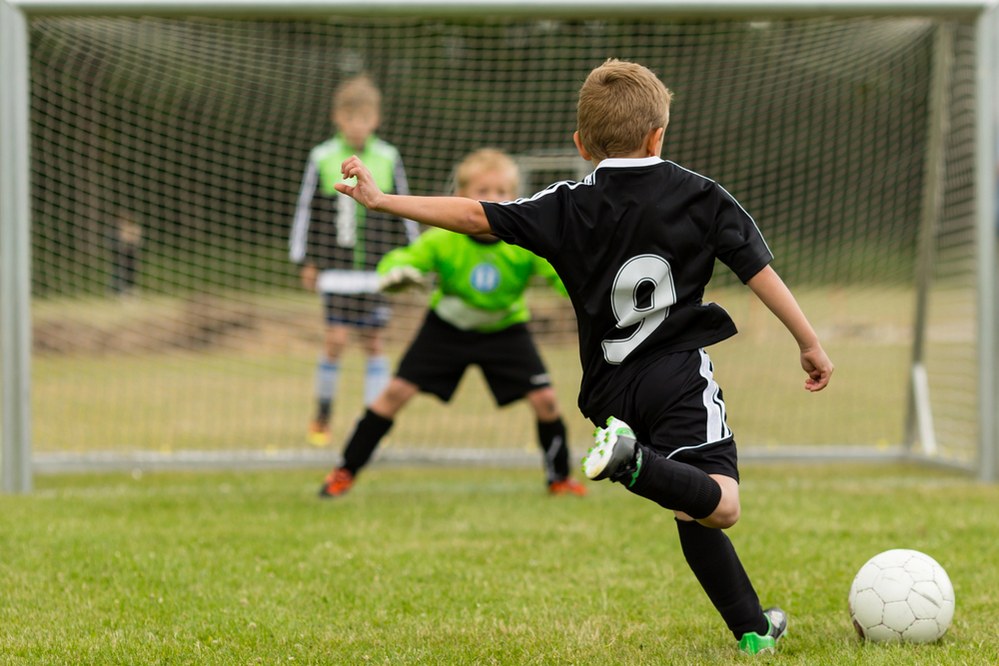We all know the importance of protein in our diet, but how much protein do our children really need? And what are the best sources? If you are a busy single parent, juggling work, school runs, and clubs, cooking a healthy protein-rich meal from scratch every weekday is probably not high on your priority list. Let us help you figure out how much protein your growing children need depending on their age and activity level and how to add protein to your family’s diet.
Do Kids Need Protein?
You might once have thought that protein is just for gym enthusiasts, but it is vital for growing kids and can be a game-changer for aspiring young athletes. Protein lays the foundation for strong muscles, not just for flexing but for those endless practices, games, and physical activities that are part of a child’s life. And it’s about more than building strength – you want to nurture your kids’ bodies to be able to repair tissues after a tumble on the playground or a sprint across the soccer field.
Babies get much of their protein through breast milk or formula. But as your kids become more active and grow, and their life starts to get busy with sports meets, dance rehearsals, and outdoor adventures, protein becomes even more crucial. It’s what sustains them and gives them the energy for that last lap or the final inning.
So, when packing your children’s lunchbox or planning a post-practice snack, remember that a good source of protein is essential to support their active lifestyle and overall development.
Protein Requirements by Age
According to figures published by NCBI on optimal protein intake in healthy children, kids between 4 and 13 years of age require on average around 0.72 g per kg of protein a day. As they grow older, this figure decreases marginally to 0.69 in girls and 0.71 in boys. This, of course, means that, as your children grow, their protein needs will increase proportionally. A 10-year-old weighing 35 kg will thus require 25.2 g of protein per day. Yet this is just the average requirement: The Recommended Dietary Allowance is, in fact, a little higher, especially in the 4-to-13-year bracket when kids are advised to consume 0.95 g per kg of body weight. Between the ages of 14 and 17, this figure goes down to 0.85 g per kg per day.
Naturally, if your children are very active or pursue a sport at a competitive level, their needs will be higher.
How Do I Know How Much Protein to Give My Kids?
Figuring out the right amount can be as simple as checking nutritional guidelines online or asking your GP for advice. You can also start by checking nutrition labels on packaged foods and checking the protein content in common foods yourself.
A balanced approach is key. Too little protein can have an impact on your kids’ energy levels, growth, and even health. Giving your kids too much protein, on the other hand, will put a strain on their organs: Their kidneys and liver have to work harder, thus causing dehydration, for example. A general rule of thumb you can follow, is to make sure you’re including a source of protein with every meal.
Best Sources of Protein for Kids
When it comes to sources, variety is your friend. Lean meats, poultry, fish, dairy products, eggs, nuts, beans, and legumes are great protein options for kids. These also provide other essential nutrients, such as iron, calcium, and omega-3 fatty acids.
Variety might be the spice of life, but what if your little one is a picky eater? It’s a common challenge in the parenting world. The key is creativity and persistence. If your kids turn their noses up at lean meats, poultry, or fish, there are other ways to sneak that protein into your kids’ diet:
- Dairy products like cheese and yogurt can be kid-friendly favourites. Eggs can be prepared in numerous ways – scrambled, boiled, or as part of a delicious omelette.
- Another healthy meal your family will love are protein pancakes.
- If your children are not fans of nuts or legumes on their own, try incorporating them into smoothies, or as nut butter in sandwiches or snacks.
Don’t forget that there are also so many high-protein noodles, hummus dips, and other favourites, like this kid’s protein shake from Naked Nutrition.
The goal is to introduce these foods in a form that’s appealing to them, gradually expanding their palate. Remember, patience is crucial – sometimes it takes several tries before a new food is accepted.
Is it Good for Kids to Exercise?
The CDC in the States and the UK’s NHS have set out clear guidelines for how much movement our kids need. For tiny tots aged 3 to 5 years old, it’s all about staying active throughout the day. Think playful adventures – it doesn’t have to be structured exercise routines. For the older crew, those aged 6-17 years, they can benefit from a more structured 60 minutes of physical activity every day.
Many kids are natural movers and might already be hitting these targets without even knowing it. If you are worried about your kids not getting enough exercise and spending too much time on their screens, get them out of the house: Weekend breaks and holidays are a great opportunity to get your kids moving. Check out our single parent holiday packages if you do not want to travel alone.
How Much Protein is Too Much for Kids?
While protein is essential for kids, there is such a thing as too much. Excessive protein intake, especially from supplements, can lead to kidney stones and long term kidney damage. It also puts stress on the liver and will cause dehydration and displacement of other important nutrients in a child’s diet. Lastly, too much protein can lead to weight gain if those calories are not burnt off.
You should always stick to the recommended amounts unless advised otherwise by a health professional.
What to Avoid in Kids’ Protein Sources?
Many protein sources that are marketed toward kids contain sneaky additives, such as heavily processed meats, high-sugar protein bars, and shakes. Make sure you are aware of this and read the nutrition labels before passing the food over to them in the backseat or at the dinner table. Try to opt for whole, minimally processed foods and homemade snacks and dishes, such as the ones we suggested above.
Speaking of good sources of protein for kids, if you need something quick and easy, or your kid isn’t letting up on wanting to be cool and have an occasional scoop of protein like you and their friends, you could consider Naked Nutrition’s Kids Essential which offers a clean, convenient protein source for kids. It’s straightforward, with no hidden nasties, helping your kids get what they need, and nothing they don’t.

Finally…
In the end, protein for kids isn’t about rigorous tracking but more about having a balanced, varied diet that supports their growth and active lifestyle. Keep it simple, keep it varied, and you’ll be setting the stage for healthy, happy development.
This is a sponsored post in collaboration with Naked Nutrition.
About Single Parents on Holiday: We are the only UK tour operator offering single parent holiday packages for one-parent families. Check our current holiday programme for solo families with kids and/or our singles holidays for solo travellers 40/50+ whose kids have fled the nest.



